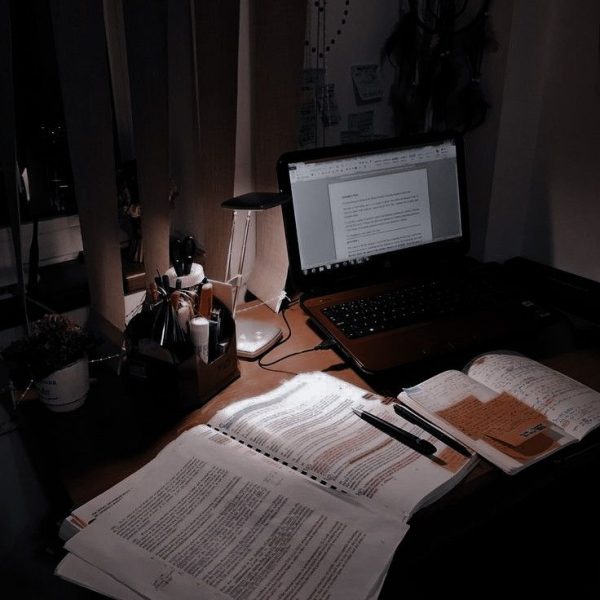Miss Future Ready Viola Swamp

September 21, 2016
I consider myself a fairly progressive teacher; I encourage my students to use cellphones for research in class and don’t complain too much about the occasional text message exchange during activity transition times. I, however, have recently become unusually irritated when I look around the classroom and see more than half of every outlet inhabited by chargers with long cords stretching from the wall to the desks. It’s a like a scene out of the movie “Entrapment” where Catherine Zeta-Jones has to maneuver her body through the maze of red laser beams – except I’m not Catherine Zeta-Jones and the cords aren’t exactly laser beams, but you get the point. Students race to class to find the nearest open outlet – often fighting over who has the lowest battery percentage as though they’re arguing over spots on a kidney transplant list.
To further annoy me, my students would continually rush to the wall to “check their battery” while also simultaneously responding to what I can only assume are life and death related texts from Mom and Dad – because, frankly, what else could be so important that they’d stop participating in the lesson? Then when I dismiss the class, actually – who am I kidding, the bell dismisses the class not me – they rush out of the room and not only leave my Glade Plugins™ strewn on the ground, but my projector and Ladibug cords are also unplugged and carelessly tossed aside.
Enough was enough. I was bound and determined to stop this nonsense immediately. I wanted to channel my inner Miss Viola Swamp but I took the cue from some fellow teachers who use calculator hangers to store cellphones during class. You remember good old Viola Swamp, right, the classic children’s tale about the evil substitute teacher? Well that was me, so I purchased one of these bright red contraptions and began having my students hang their devices in the holder that hung from my whiteboard. Students entered the room, reluctantly dropped off their phones and we went about our business for the day. I was amazed by my students’ renewed focus in class, but progressively, I would find times where I wanted the students to look something up, or respond to a prompt digitally using their device and we had to distribute the phones thus wasting more time in class. And just like so many of my New Year’s Resolutions, we eventually stopped using the calculator holder, and subsequently, devices were immediately plugged right back into the walls.
I devised my next brilliant attempt to thwart the omnipresent cell phone and its side kick, the charger. After I nearly sprained an ankle in an effort to Catherine Zeta-Jones my way around one of the tables I tried an experiment and covered each outlet with construction paper and a carefully written “do not remove” sign. Fast-forward to the end of the week when I celebrated only one sign not being torn down; I realized that despite costing the school district a probably obscene amount of money in increased electricity usage, I was fighting the inevitable: cell phones aren’t going anywhere. And while over 90% of teachers on campus understand this and allow students to access their cellphone phones in class, for academic purposes of course, few of us allow our students to charge said devices.
The disparity might exist for a variety of reasons. One Santiago teacher, in particular, mentioned that schools are not the place to charge phones and students, whose anxiety levels are directly related to their phone’s battery level, need to reflect on their priorities. Others cited the fear of being held responsible for phone theft because they allowed the students to charge their devices in class. I’d be lying if I said these weren’t concerns of mine as well, but just as I’m preparing my students to be future ready I, myself, have to be future ready, and it’s my humble opinion that that means embracing the technology as an agent of learning.
In the near future, students on our campus will carry tablets instead of books and I need to prepare myself for this shift. This shift is not unique to Santiago and will mean that undoubtedly more and more schools each year will offer charging stations. The technology isn’t going anywhere. My students have shifted priorities and so must I. If we’re preparing students to be future ready it’s about time that I embrace all that comes with technology, including its pesky chargers.

















